
Carolyn Wilke
Carolyn Wilke is a freelance science journalist based in Chicago and former staff writer at Science News for Students. She holds a Ph.D. in environmental engineering at Northwestern University, where she studied how light plays into the chemistry and toxicity of different types of nanoparticles under environmental conditions. Her experience as a AAAS Mass Media Fellow at The Sacramento Bee convinced her to leave the lab to write about science instead. Carolyn is a former Science News intern and has also reported on the life sciences for The Scientist. She enjoys writing about materials science, chemistry, microbiology and all things related to the environment.

Trustworthy journalism comes at a price.
Scientists and journalists share a core belief in questioning, observing and verifying to reach the truth. Science News reports on crucial research and discovery across science disciplines. We need your financial support to make it happen – every contribution makes a difference.
All Stories by Carolyn Wilke
-
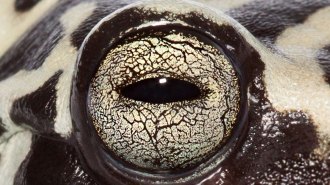 Animals
AnimalsFrog and toad pupils mainly come in seven different shapes
Analyzing over 3,200 species revealed that the colorful eyes of frogs and toads have pupils shaped as slits, diamonds, fans and more.
-
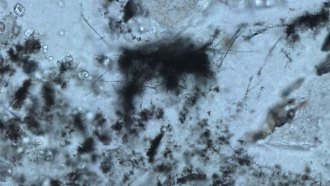 Paleontology
Paleontology3.42-billion-year-old fossil threads may be the oldest known archaea microbes
The structure and chemistry of these ancient cell-like fossils may hint where Earth’s early inhabitants evolved and how they got their energy.
-
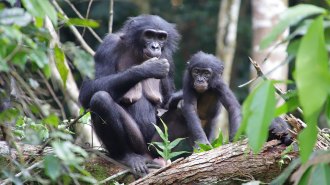 Animals
AnimalsTwo bonobos adopted infants outside their group, marking a first for great apes
Female bonobos in a reserve in the Congo took care of orphaned infants — feeding, carrying and cuddling them — for at least one year.
-
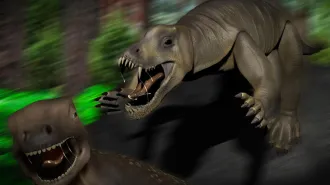 Paleontology
PaleontologyAn ancient hippo-sized reptile may have been surprisingly agile
The skull of an Anteosaurus, a hefty reptile with a large snout, hints that it may have moved fast for its day.
-
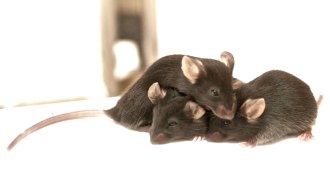 Neuroscience
NeuroscienceMice may ‘catch’ each other’s pain — and pain relief
Healthy mice mirror a companion’s pain or morphine-induced relief. Disrupting certain connections in the brain turns off such empathetic behaviors.
-
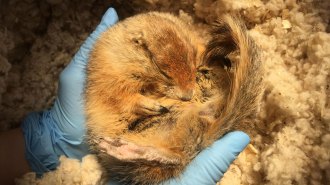 Animals
AnimalsThese Arctic squirrels recycle bits of their own bodies to survive winter
Arctic squirrels not only slow their metabolism while hibernating, but also harvest crucial substances from their muscles.
-
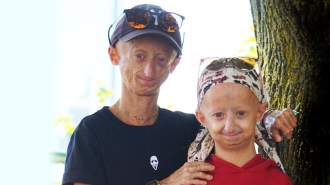 Health & Medicine
Health & MedicineThe FDA has approved the first drug to treat the rapid-aging disease progeria
Children with a rare genetic disorder called progeria age quickly and often die before they are 15. A newly approved drug may give them more time.
-
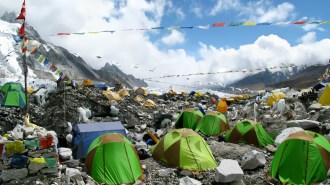 Environment
EnvironmentPlastics are showing up in the world’s most remote places, including Mount Everest
From the snow on Mount Everest to the guts of critters in the Mariana Trench, tiny fragments called microplastics are almost everywhere.
-
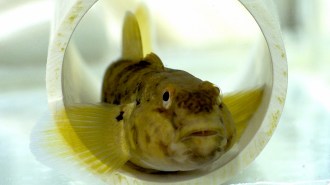 Animals
AnimalsA fish’s fins may be as sensitive to touch as fingertips
Newfound parallels between fins and fingers suggest that touch-sensing limbs evolved early, setting the stage for a shared way to sense surroundings.
-
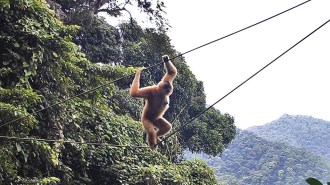 Animals
AnimalsA rope bridge restored a highway through the trees for endangered gibbons
When critically endangered Hainan gibbons started making dangerous leaps across a new gully, researchers came up with an alternative route.
-
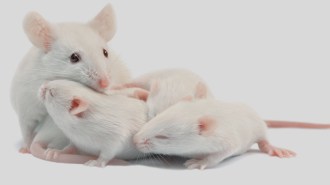 Neuroscience
NeuroscienceA mother mouse’s gut microbes help wire her pup’s brain
The pups of mice lacking gut microbes, and the compounds they make, have altered nerve cells in part of the brain and a lowered sensitivity to touch.
-
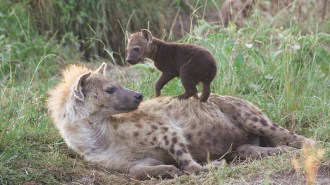 Animals
AnimalsFemale hyenas kill off cubs in their own clans
Along with starvation and mauling by lions, infanticide leads as a cause of hyena cub death. Such killings may serve to enforce the social order.